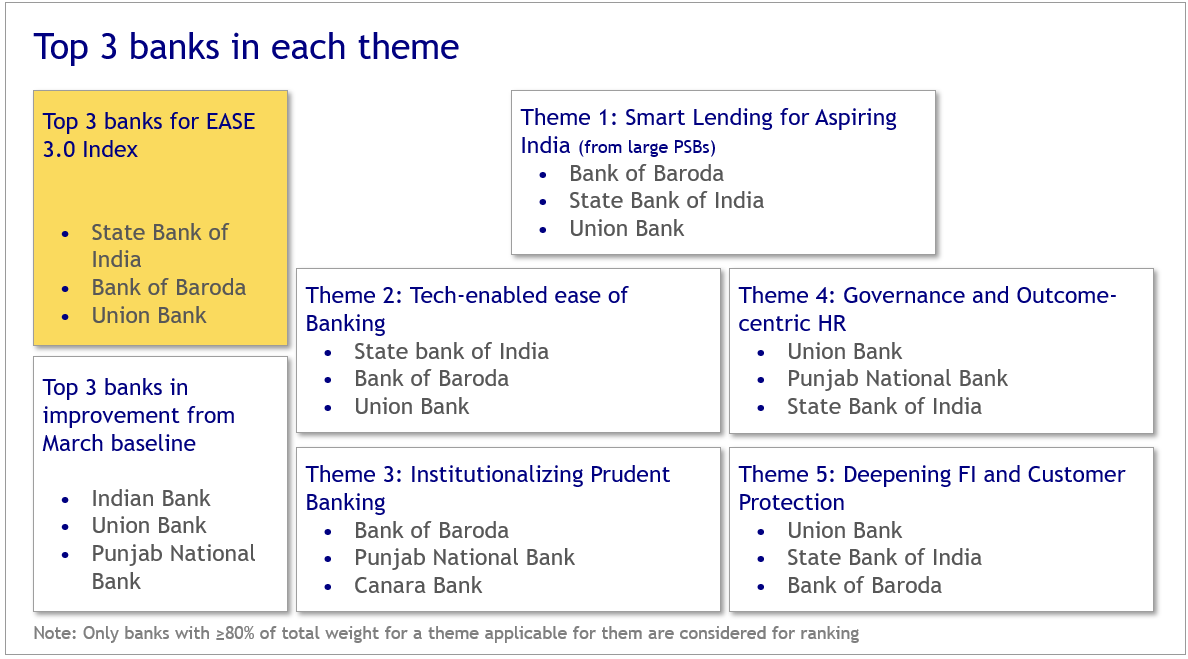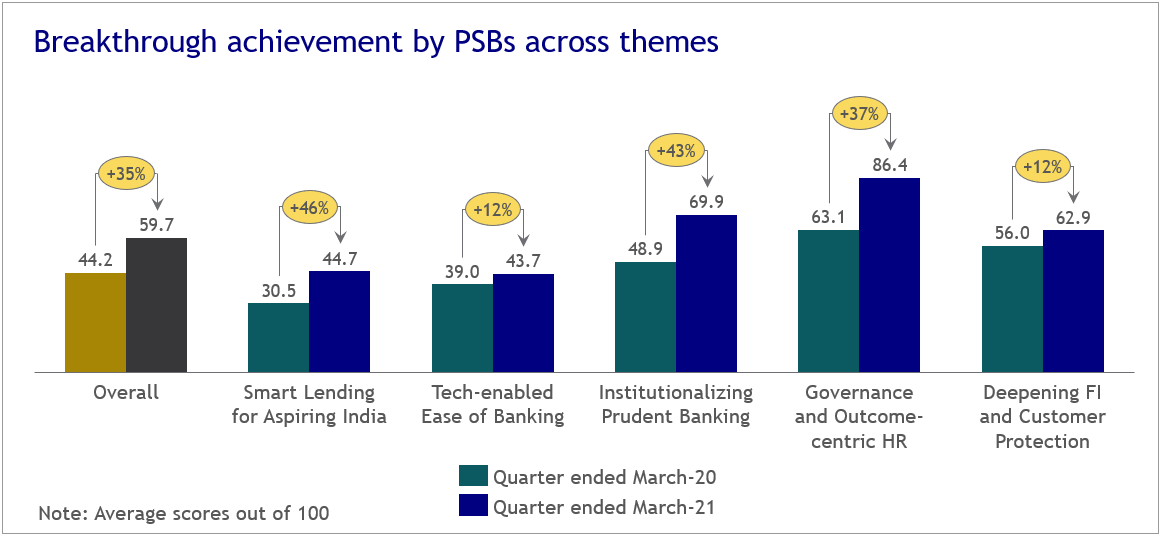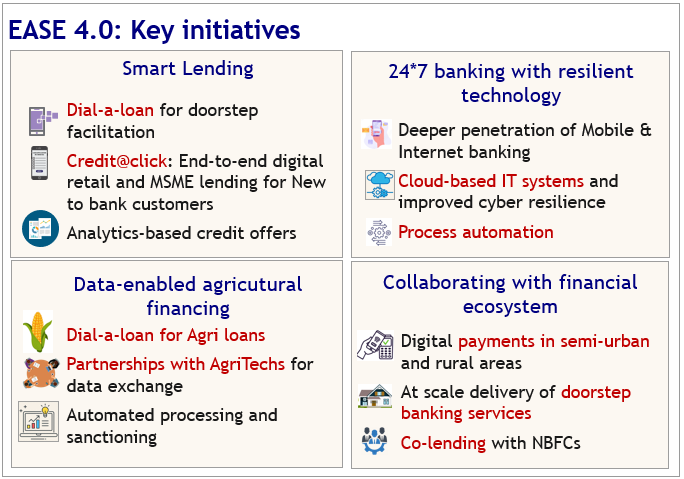RBI’S BI-Monthly Monetary Policy dt. 6th August 2025 – Highlights & Key Takeaways
 The Monetary Policy Committee (MPC) met on the 4th, 5th and 6th of August to deliberate and decide on the policy repo rate. After a detailed assessment of the evolving macroeconomic and financial developments and the outlook, the MPC voted unanimously to keep the policy repo rate under the liquidity adjustment facility (LAF) unchanged at 5.50 per cent; consequently, the standing deposit facility (SDF) rate shall remain unchanged at 5.25 per cent and the marginal standing facility (MSF) rate and the Bank Rate at 5.75 per cent. The MPC also decided to continue with the neutral stance.
The Monetary Policy Committee (MPC) met on the 4th, 5th and 6th of August to deliberate and decide on the policy repo rate. After a detailed assessment of the evolving macroeconomic and financial developments and the outlook, the MPC voted unanimously to keep the policy repo rate under the liquidity adjustment facility (LAF) unchanged at 5.50 per cent; consequently, the standing deposit facility (SDF) rate shall remain unchanged at 5.25 per cent and the marginal standing facility (MSF) rate and the Bank Rate at 5.75 per cent. The MPC also decided to continue with the neutral stance.
After three straight interest rate cuts, the Reserve Bank of India (RBI) has decided to keep the repo rate unchanged at 5.5 per cent. The decision was announced on Wednesday, 6 August, during the central bank’s third bi-monthly policy review for the financial year 2025–26.
RBI Governor Sanjay Malhotra stated that the central bank is maintaining a neutral stance, as the economy faces mixed signals, falling inflation on one hand and tariff uncertainties on the other which means the RBI is not leaning towards raising or lowering rates for now.
Highlights of the Policy are as follows:
The following key policy rates were kept unchanged:
- Repo rate unchanged at 5.5%
- Standing Deposit Facility (SDF): 5.25%
- Marginal Standing Facility (MSF) and Bank Rate: 5.75%
- Policy stance: Neutral Stance maintained - The decision is in line with RBI’s target of keeping inflation near 4%, while also supporting growth.
- Growth forecast for FY26 retained at 6.5%
- Inflation forecast lowered to 3.1%
- Retail inflation fell to 2.1% in June
- Food inflation turned negative for the first time since 2019
- Tariff uncertainties and global risks remain
- Next MPC meeting: 29 Sept – 1 Oct 2025
Key Takeaways from RBI’s August 2025 MPC Meeting
1. Repo Rate Unchanged at 5.5% – What It Means for Loans & Savings
- The RBI kept the repo rate steady at 5.5%, meaning no immediate changes in loan or deposit rates.
- Earlier this year, the RBI had cut rates by 1% (from 6.5% to 5.5%), but now it’s taking a wait-and-watch approach.
- Other important rates remain unchanged:
- Standing Deposit Facility (SDF): 5.25%
- Marginal Standing Facility (MSF) & Bank Rate: 5.75%
- Cash Reserve Ratio (CRR): 3%
· Policy Continuity Amid Global Volatility: Monetary Policy Committee (MPC) unanimously decision to keep the repo rate unchanged at 5.5% and retain the neutral stance, reaffirming policy consistency amid global shocks, particularly US tariff pressures.
Impact on You:
- Home loan, car loan, and personal loan EMIs will stay the same for now.
- Fixed deposit (FD) rates may not rise soon, so explore other investment options.
2. Inflation Under Control, Forecast Revised Downward: In a major signal of macroeconomic stability, the RBI sharply reduced its CPI inflation forecast for FY26 to 3.1%, down from 3.7%.
- Q2 inflation revised to 2.1% from 3.4%
- Q3 at 3.1% from 3.9%
- Q4 held steady at 4.4%
Inflation Expected to Ease – Relief for Household Budgets
- The RBI predicts inflation (CPI) to average 3.1% in the coming year, down from previous estimates.
- Falling food and fuel prices are helping, but global uncertainties (like oil prices or weather disruptions) could still pose risks.
Impact on You:
- Lower inflation means better purchasing power—your money will stretch further for groceries, fuel, and essentials.
3. Economic Growth Remains Strong at 6.5% - India Stays Firm on Growth Trajectory: Despite persistent uncertainty over US President Trump’s tariff escalation and global slowdown concerns, the RBI retained its FY26 GDP growth forecast at 6.5%, with quarterly projections indicating steady momentum:
- Q1 – 6.5%
- Q2 – 6.7%
- Q3 – 6.6%
- Q4 – 6.3%
- Q1 FY27 – 6.6%
- India’s GDP growth forecast for FY 2025-26 stays at 6.5%, supported by strong consumer spending and government infrastructure projects.
- However, global trade tensions and currency fluctuations could create challenges.
Impact on You:
- A growing economy means more job opportunities and business growth, but global risks could affect stock markets and exports.
4. RBI Adopts a Neutral Stance – No Immediate Rate Hikes or Cuts
- After earlier rate cuts, the RBI is now in “neutral” mode, meaning no further rate changes unless economic conditions shift.
· No Rush to Cut Further, But Door Ajar: Although earlier rate cuts and CRR reductions are still transmitting through the system, the RBI left the door open for future action depending on data. Economists view this as a measured, India-first stance, balancing external caution with internal optimism.
Impact on You:
- Borrowers and savers can expect stability in interest rates for the next few months.
5. Global Concerns, Local Strength: The RBI acknowledged that while financial market volatility and geopolitical uncertainties have eased somewhat, trade tensions—especially over Russia and global tariffs—remain a concern. Still, India’s domestic resilience, fiscal prudence, and strong rural recovery continue to underpin confidence.
Economic Outlook
India’s economy is showing signs of strength, supported by:
- Steady rural demand and consumer spending
- Rising government investment
- Good monsoon progress aiding agriculture
- Strong performance in construction and services sectors
- However, industrial growth remains mixed, especially in sectors like electricity and mining.
The RBI will keep a close watch on economic data, global risks, and inflation trends.
Rationale for Monetary Policy Decisions
· Inflation is Lower than expected & Core Inflation is steady with slight upward pressure: The MPC noted that the inflation outlook in the near term has become more benign than anticipated earlier, and the average CPI inflation this year is expected to remain significantly below the target. This is driven mainly by lower food inflation that entered deflationary territory in June. However, CPI inflation is likely to edge up above the 4 per cent target from Q4:2025-26 onwards. Moreover, core inflation has been rising steadily from the recent low of 3.6 per cent recorded during December-January 2024-25 and averaged 4.3 per cent in Q1 this year. Core excluding precious metals has witnessed an uptick and averaged 3.4 per cent in Q1.
Thus, while headline inflation is much lower than projected earlier, it is mainly due to volatile food prices, especially of vegetables. Core inflation, on the other hand, has remained steady around the 4 per cent mark, as anticipated. Inflation is projected to go up from the last quarter of this financial year. Growth is robust and as per earlier projections though below our aspirations. The uncertainties of tariffs are still evolving. Monetary policy transmission is continuing.
· Growth outlook is stable, but global risks, such as new trade tariffs, are increasing: Growth has held up well with some pick-up expected in the coming festive season and is evolving in line with our assessment of 6.5 per cent for 2025-26.
· Previous rate cuts are still working through the economy: The impact of the 100 bps rate cuts since February 2025 on the economy is still unfolding.
On balance, therefore, the current macroeconomic conditions, outlook and uncertainties call for continuation of the policy repo rate of 5.5 per cent and wait for further transmission of the front-loaded rate cuts to the credit markets and the broader economy. Accordingly, the MPC unanimously voted to keep the repo rate unchanged. The MPC further resolved to maintain a close vigil on the incoming data and the evolving domestic growth-inflation dynamics to chart out the appropriate monetary policy path. Accordingly, all members decided to continue with the neutral stance.
The Monetary Policy Committee (MPC) consists of six members:
- Three RBI officials: Sanjay Malhotra (Governor), Poonam Gupta (Deputy Governor), and Rajiv Ranjan (Executive Director)
- Three external members: Nagesh Kumar, Saugata Bhattacharya, and Ram Singh
Final Summary: What Should You Do Now?
· ✔ Borrowers: No immediate EMI changes, but monitor future rate shifts.
✔ Savers: FD rates may stay low—consider T-bill SIPs or debt funds.
✔ Investors: Equity markets remain strong, but diversify with safe options like T-bills.
✔ Business owners: Stable rates support growth, but watch global trends.
· The RBI’s decisions signal economic stability with cautious optimism. Whether you’re a saver, investor, or borrower, staying informed helps you make smarter financial moves.
Source: rbi.org.in, Economic Times, RBI MPC meeting at a glance: Key highlights of monetary policy for FY 2025-26, 5 Key Highlights from RBI’s August 2025 Monetary Policy, RBI’s August 2025 MPC Meeting: Key Highlights & What It Means for You · Meta Investment
Statement on Developmental and Regulatory Policies | |
|









